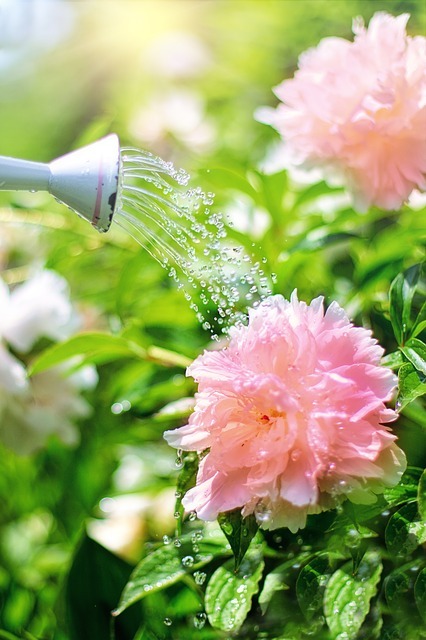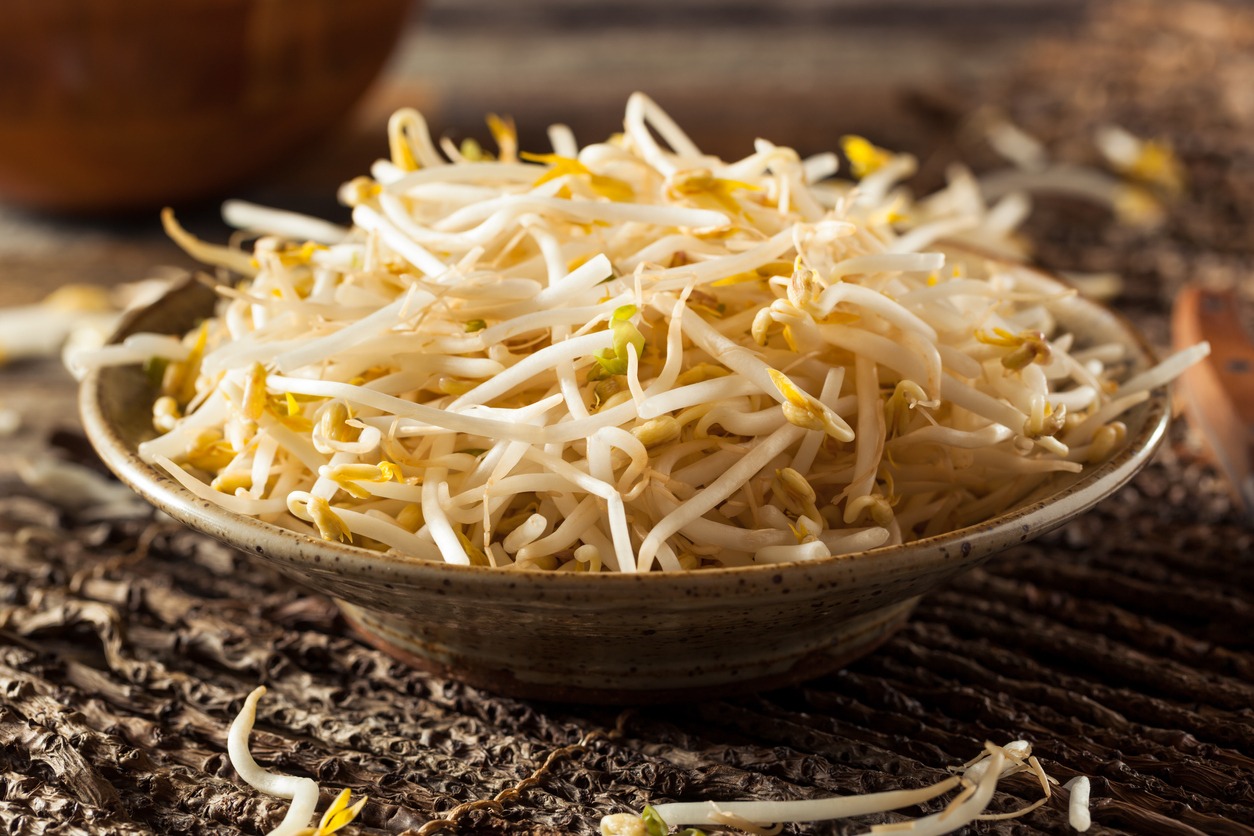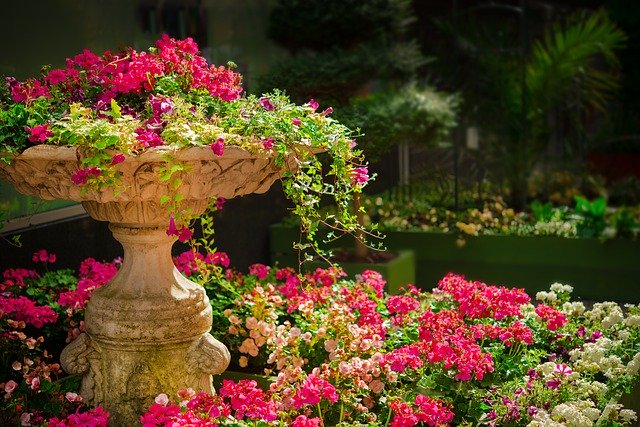Common Garden Insects on a Homestead and How to Manage Them
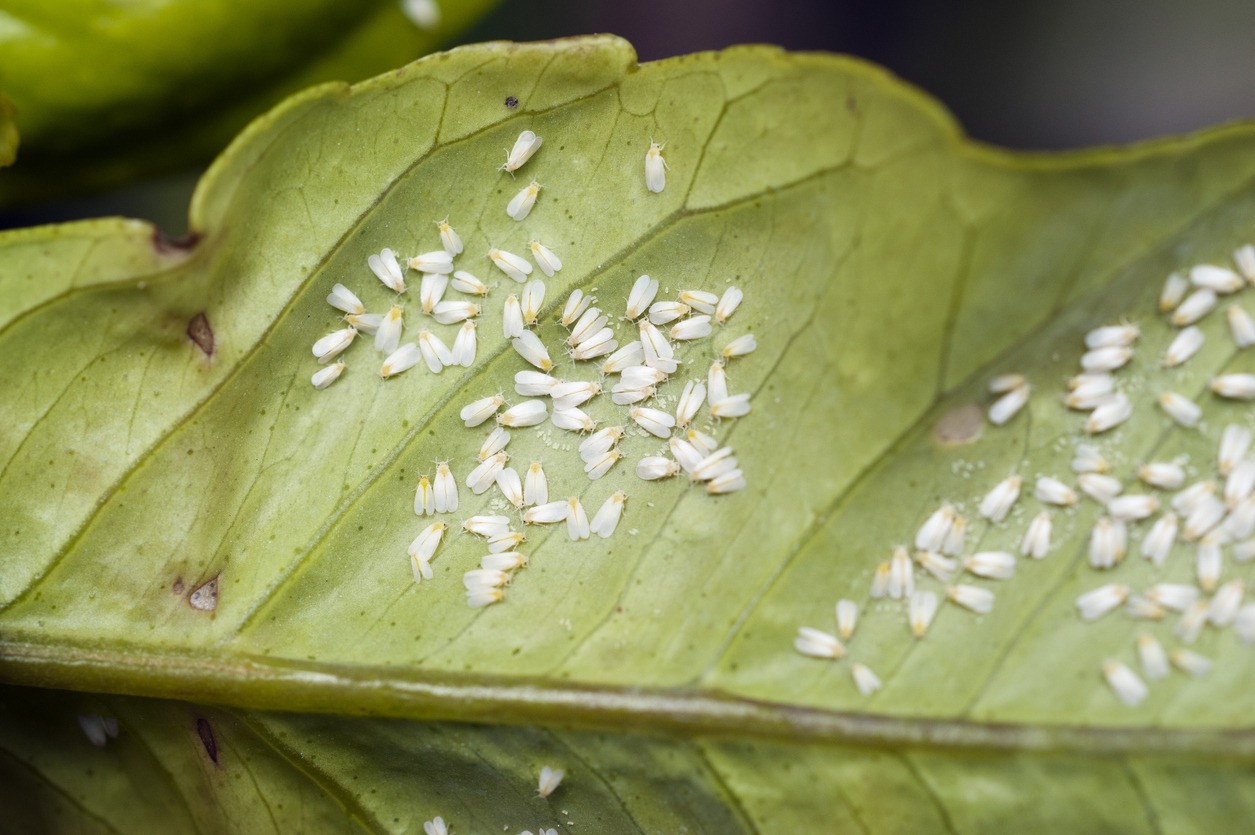
A thriving garden is a cornerstone of any homestead, providing fresh produce and a sense of accomplishment. However, the pests that find their way into your garden can quickly disrupt its harmony. Learning to identify common garden insects and adopting natural, eco-friendly methods to manage them will help you maintain a balanced ecosystem while protecting your crops.
This guide will walk you through recognizing garden pests, attracting beneficial insects, and using natural solutions to keep your garden pest-free. Let’s explore how to manage your garden’s visitors effectively and sustainably.
Identifying Common Garden Pests
The first step to managing pests is knowing what you’re dealing with. Many common garden insects can cause significant damage if left unchecked. Here are a few pests you’re likely to encounter and how to recognize their presence:
1. Aphids
These tiny, pear-shaped insects cluster on new growth and suck sap from plants. They leave behind sticky "honeydew" residue, which can attract ants and lead to sooty mold. Aphid infestations often cause leaves to turn yellow and curl.
2. Whiteflies
Resembling tiny white moths, these pests feed on the undersides of leaves. Their sap-sucking habit leads to yellowing foliage, stunted growth, and sometimes plant death.
3. Spider Mites
Although not true insects, these tiny arachnids spin delicate webs and cause stippling or discoloration on leaves. Spider mites thrive in hot, dry conditions and can quickly overrun a garden.
4. Cabbage Worms
The larvae of cabbage white butterflies, these green caterpillars target brassica crops like cabbage, broccoli, and kale. They chew through leaves and bore into cabbage heads, leaving them riddled with holes.
5. Cutworms
These nocturnal caterpillars are notorious for severing young seedlings at the soil level. They work quickly, often destroying multiple plants in a single night.
Regular garden inspections are crucial. Look for signs of damage, droppings, or the pests themselves to address infestations early.
Beneficial Insects for Natural Pest Control
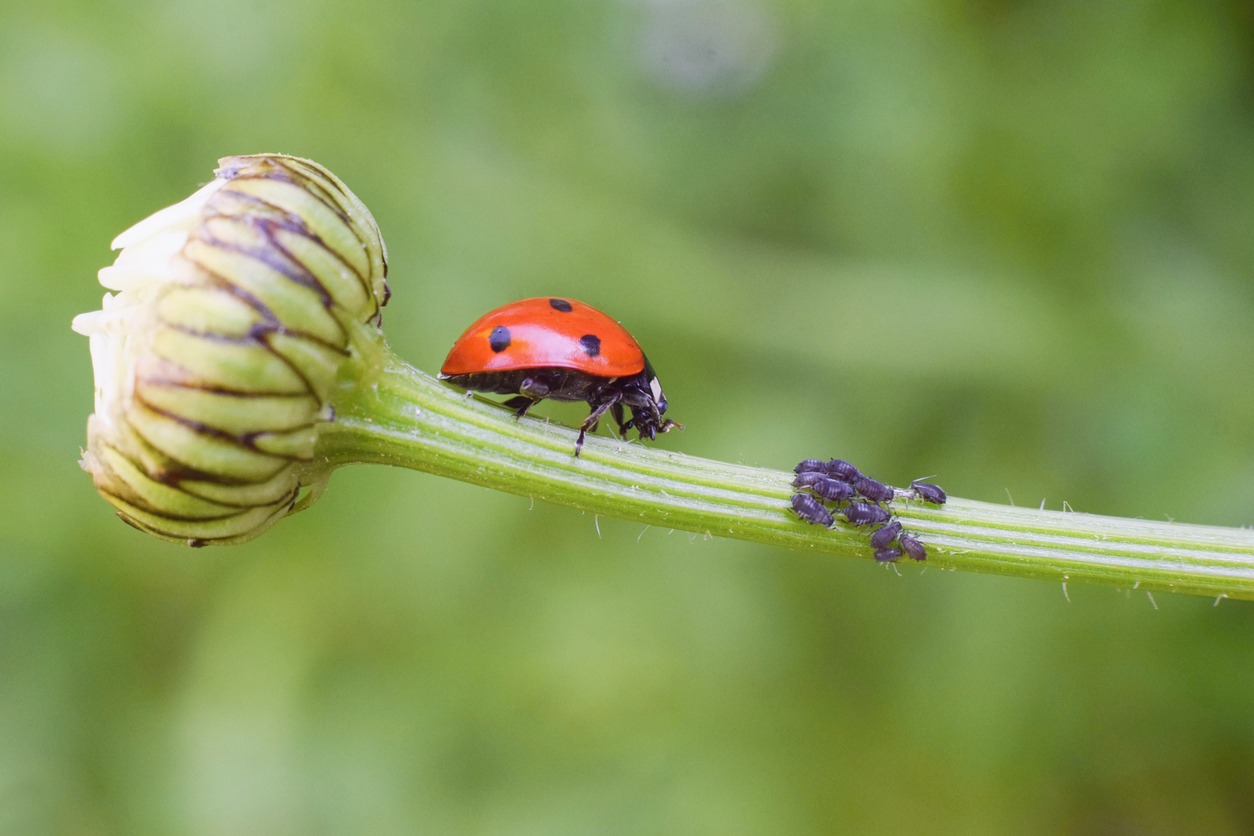
Not all insects in your garden are harmful. Some are natural predators that help keep pest populations under control. Encouraging these beneficial insects can reduce the need for intervention.
1. Ladybugs
These colorful beetles feast on aphids, whiteflies, and other soft-bodied pests. A single ladybug can consume dozens of aphids in a day.
2. Lacewings
Lacewing larvae, often called "aphid lions," are highly effective predators. They devour aphids, mites, and small caterpillars.
3. Praying Mantises
These generalist predators hunt a variety of pests, including beetles, flies, and grasshoppers. While they may also eat beneficial insects, their presence can help maintain balance in your garden.
To attract beneficial insects, plant a variety of flowering species like marigolds, nasturtiums, and cosmos. These flowers provide nectar and pollen, encouraging natural pest control agents to take up residence in your garden.
Plant-Based Pest Repellents
Nature provides a powerful arsenal of pest repellents in the form of plants. Incorporating these into your garden can help deter harmful insects while enhancing its beauty.
1. Marigolds
Known for their pest-repelling thiophene compounds, marigolds deter aphids and nematodes. Plant them near tomatoes and beans for added protection.
2. Basil
Basil emits compounds like methyl chavicol, which repel flies and mosquitoes. Pair it with crops like tomatoes to create a mutually beneficial relationship.
3. Chrysanthemums
Chrysanthemums contain pyrethrins, natural insecticides effective against beetles, aphids, and ants. Use them as a border plant to keep pests at bay.
4. Lavender
Lavender's strong scent masks the odors that attract many pests, including moths and beetles. It’s also a favorite of pollinators like bees.
5. Tansy
This herb contains monoterpenes that repel ants, beetles, and moths. Use it sparingly, as it can be toxic to pets and livestock if ingested.
Practical Tips:
- Use companion planting techniques to pair pest-repelling plants with vulnerable crops.
- Place potted repellent plants strategically around your garden.
- Create natural sprays using plant extracts to target specific pests.
Homemade Organic Pest Solutions
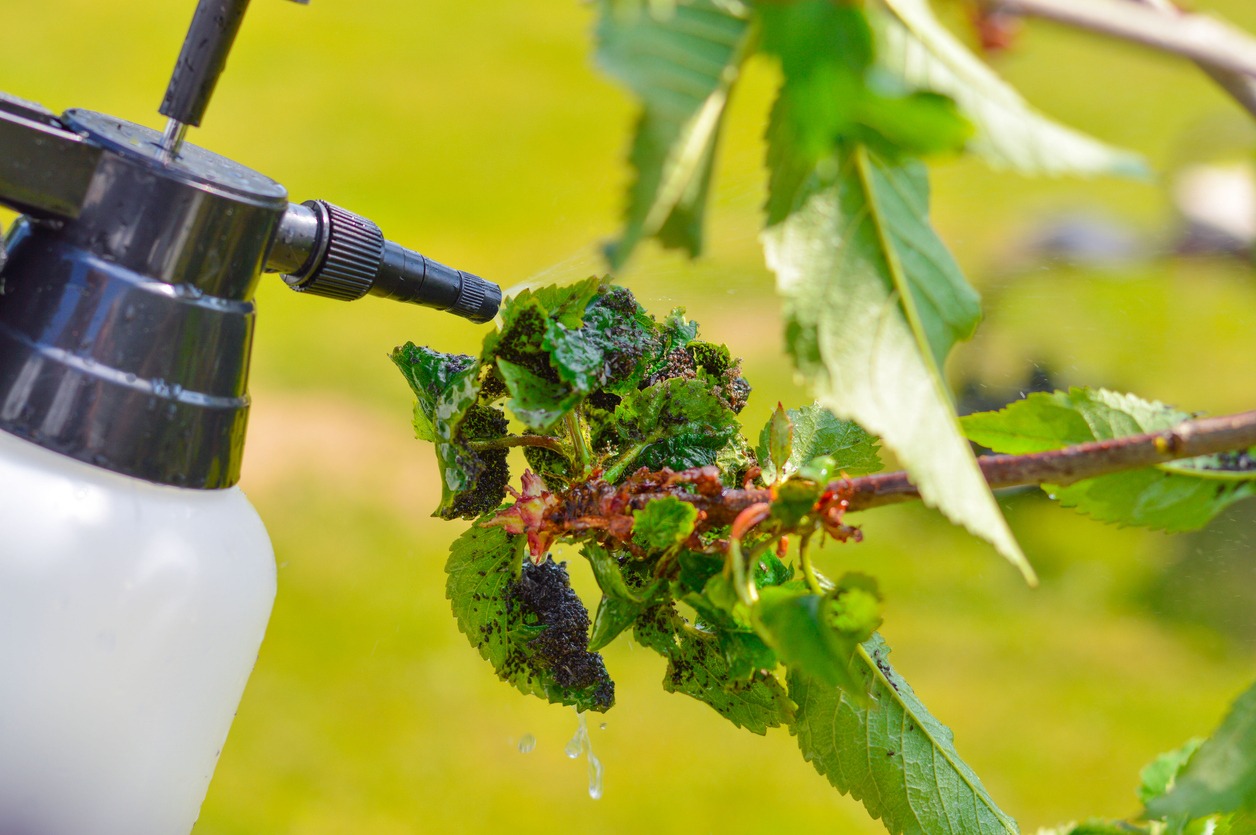
Homesteaders have long relied on resourceful, homemade solutions to tackle pests. Here are some effective, eco-friendly options:
1. Garlic Spray
Blend garlic cloves with water and a bit of liquid soap. Spray this mixture on affected plants to repel aphids, whiteflies, and beetles.
2. Cinnamon Powder
Sprinkle cinnamon around seedlings to prevent fungal diseases and repel ants.
3. Milk and Water Mixture
Mix milk with water in a 1:9 ratio and spray it on plants to combat powdery mildew. This solution disrupts fungal growth while nourishing the soil.
4. Apple Cider Vinegar Traps
Create a fruit fly and aphid trap by mixing apple cider vinegar with a few drops of dish soap in a shallow container. The pests are attracted to the vinegar but get trapped by the soap.
5. Orange and Banana Peels
Place peels around plants to deter ants and aphids while enriching the soil with organic matter.
These methods are safe for plants, people, and the environment, making them ideal for homesteaders committed to sustainability.
Managing Larger Garden Pests
While insects are a primary concern, larger pests can also wreak havoc in your garden.
1. Rabbits
Known for devouring leafy greens, rabbits can be deterred with chicken wire fences or by planting deterrent crops like garlic and onions.
2. Deer
Deer are notorious for munching on fruits and vegetables. Protect your garden with tall fences or use natural repellents, such as a mix of eggs, water, and garlic sprayed on plants.
3. Birds
Birds often target fruits and seeds. Install netting or reflective objects to keep them away. Providing an alternative food source, like a bird feeder, can also distract them from your crops.
Encouraging natural predators like owls or snakes can help manage these larger pests effectively.
General Prevention Tips
Preventing pest infestations is often easier than dealing with them after the fact. Here are some preventive measures to incorporate into your gardening routine:
- Maintain Healthy Soil: Healthy, nutrient-rich soil produces robust plants that are more resistant to pests.
- Rotate Crops: This disrupts the life cycles of pests that target specific crops.
- Prune Regularly: Removing dead or overcrowded growth reduces pest hiding spots.
- Practice Good Watering Habits: Overwatering creates an ideal environment for pests and diseases.
- Clean Up Garden Debris: Fallen leaves and plant debris can harbor pests and should be removed promptly.
Integrated Pest Management (IPM) Strategies
Integrated Pest Management (IPM) combines multiple approaches for sustainable pest control. Key steps in IPM include:
- Monitoring: Inspect plants regularly for pests and signs of damage. Early detection allows for prompt intervention.
- Physical Barriers: Use row covers and chicken wire to protect crops from pests.
- Encourage Natural Predators: Maintain a habitat for beneficial insects and wildlife that control pests.
- Apply Targeted Solutions: Use organic sprays or traps to manage specific pests without harming the broader ecosystem.
By integrating these strategies, you can create a resilient garden that thrives despite the challenges of pests.
Conclusion
Managing garden pests is an essential skill for every homesteader. By identifying pests, welcoming beneficial insects, and employing natural repellents and homemade solutions, you can maintain a vibrant, productive garden. Combining these methods with preventive measures and Integrated Pest Management strategies ensures long-term success.
With patience and observation, your garden can become a thriving, pest-resistant ecosystem, contributing to the overall sustainability of your homestead.


